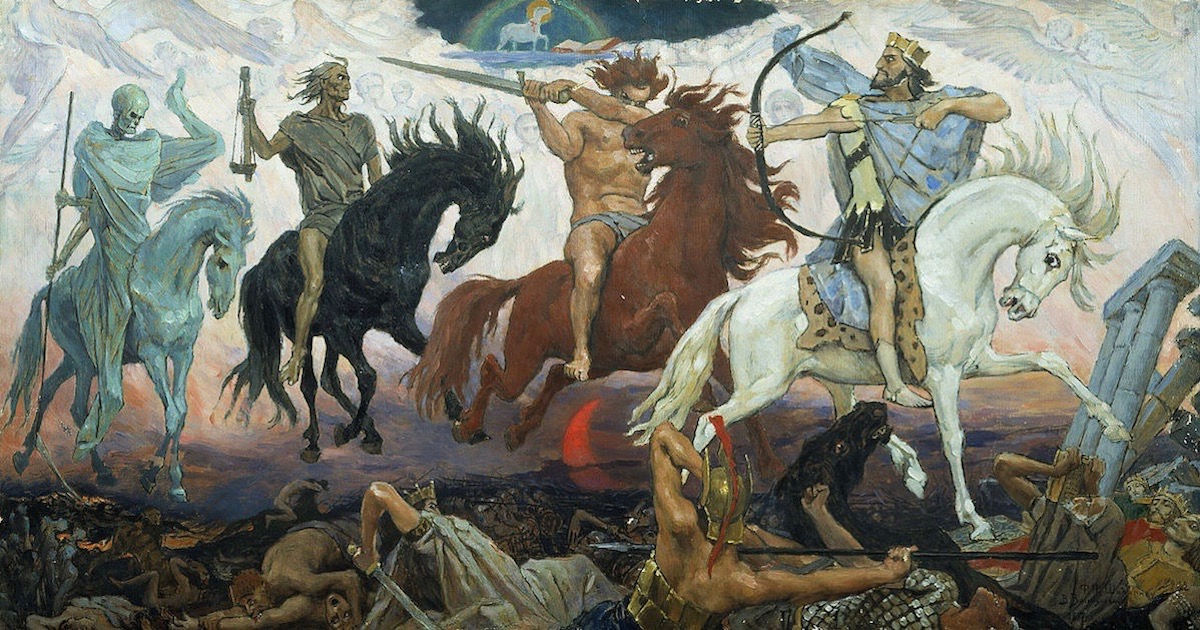
We told you so!
Four horsemen. No waiting. From Brian Miller at ENST:
One of the most significant projects for the intelligent design movement was Douglas Axe’s research testing the rarity of protein folds. Axe’s method represented the most accurate approach for addressing the problem to date, but his was actually one in a line of studies which concluded that amino acid sequences forming the stable proteins found in nature are exceedingly uncommon. As a consequence, most proteins seen in life could never have originated via random mutations and selection.
One of the early online critics of Axe’s work was Arthur Hunt, who wrote a lengthy critique at the Darwinian advocacy site Panda’s Thumb. His area of expertise is not the evolution of new protein folds, and his arguments revealed a general misunderstanding of Axe’s approach and the field in general. The reviewers of Axe’s JMBarticle which reported his results were experts in protein studies, so they would have identified any of the issues raised by Hunt if they were real. Instead, they published the article affirming both the design of Axe’s experiment and his conclusions. A more recent series of critiques, published by the online journal Sapientia, was aimed at Axe’s book, Undeniable: How Biology Confirms Our Intuition That Life Is Designed. The four biologists offering these critiques I affectionately refer to as the four horsemen: Dennis Venema, Cara Wall-Scheffler, Joel Duff, and Keith Fox. As Axe pointed out in his response to these critiques, they mostly ignore the main argument of the book — a common-sense argument — choosing to get lost in scientific details instead. Here at Evolution News, Axe has responded specifically to Venema’s critique of his protein work.
Here, I want to flesh out some of the salient details of this discussion. … More.
Also from ENST:
Four Darwin Heretics: A Reader’s Roundup
One, two, three, four books — four recent titles by Darwin skeptics (three scientists, one journalist) in two short years. They are all heretics, all convinced of the same fact: Darwin’s house of cards is collapsing. Science, which is to say the future, is on the side of intelligent design. Let’s look at what they say about the linchpin of Darwinian theory: Charles Darwin’s famous “mechanism” of evolution, natural selection (aka, survival of the fittest). Many would consider Darwinism and natural selection synonymous. More.